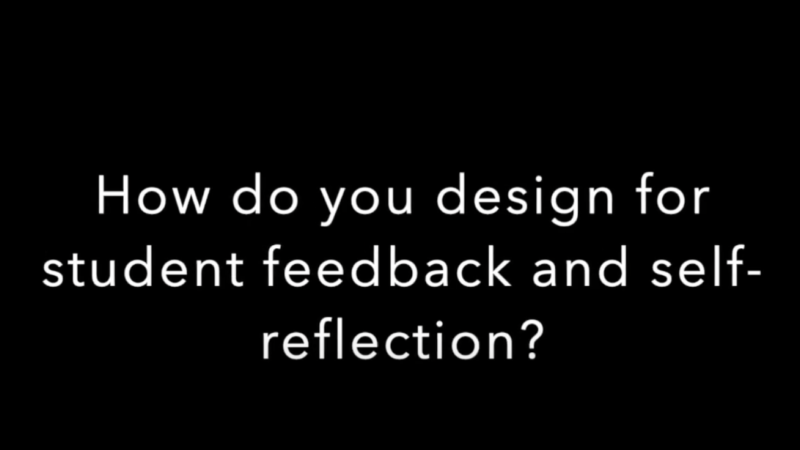Four Practices to Support the Shift from Grading to Feedback
For assessment to be a meaningful and powerful learning experience for students, we have to take a look at how we can employ practices that prioritize feedback over grading.
Two of the central goals of competency-based learning (CBL) are agency, leveraging student voice and choice to instill a sense of ownership, and equity, meeting all students where they are and providing them with the support they need to meet high expectations. Feedback, as information about how we’re doing in our effort to reach a goal, is foundational to CBL because it is a way to provide targeted, just-in-time support for all students. It’s also a way in which to empower students to take charge of their own learning by becoming excellent reflective learners, peer mentors, and givers of feedback.
The subtext of prioritizing feedback under CBL is a rejection of traditional grading practices that emphasize summative assessments. Educators in CBL environments place greater emphasis on providing specific, actionable, formative feedback during the learning process, when students can use it.
When it comes to CBL, it’s critical to accept a basic premise: You do not need to give grades in order to give feedback. So then, how might we shift our practice to suit the kind of feedback competency-based learning requires? If we live in a grades-based system — as many of us do — how do we ensure that our grading practices align with and prioritize sound feedback practices?
4 Practices to Support the Shift from Grading to Feedback
1. Align feedback to learning outcomes
One of the first steps that educators need to take when adopting CBL is to articulate competencies, the essential, observable, transferable skills students need to thrive in the world, and identify learning outcomes, evidence of competency development. These competencies and learning outcomes become the foundational language by which students (and teachers) are able to understand and communicate learning.
Once those competencies and learning outcomes have been identified, teachers will often develop single-point rubrics that serve as communication tools to provide specific, actionable feedback on learning outcomes. These outcomes-based rubrics are designed to focus feedback so that it’s directed at learning targets, not tasks.
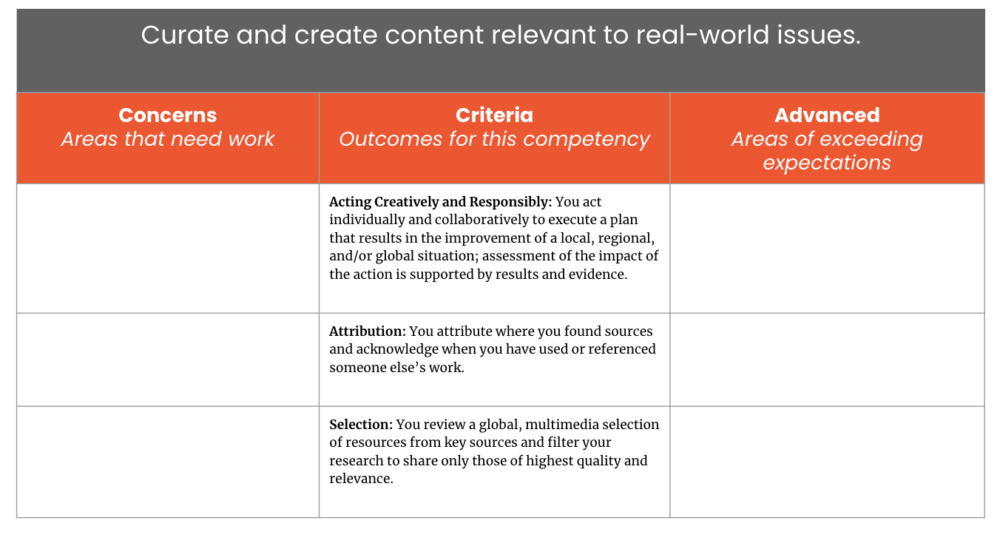
For those educators who are not quite at the point of adopting a reporting system like the mastery transcript, there’s an intermediary step available in redesigning the gradebook to elevate feedback over grades. Educators who still have to operate in a grades-based system will restructure their gradebook so that it’s organized by learning outcomes as opposed to tasks (homework, quizzes, tests, etc.).
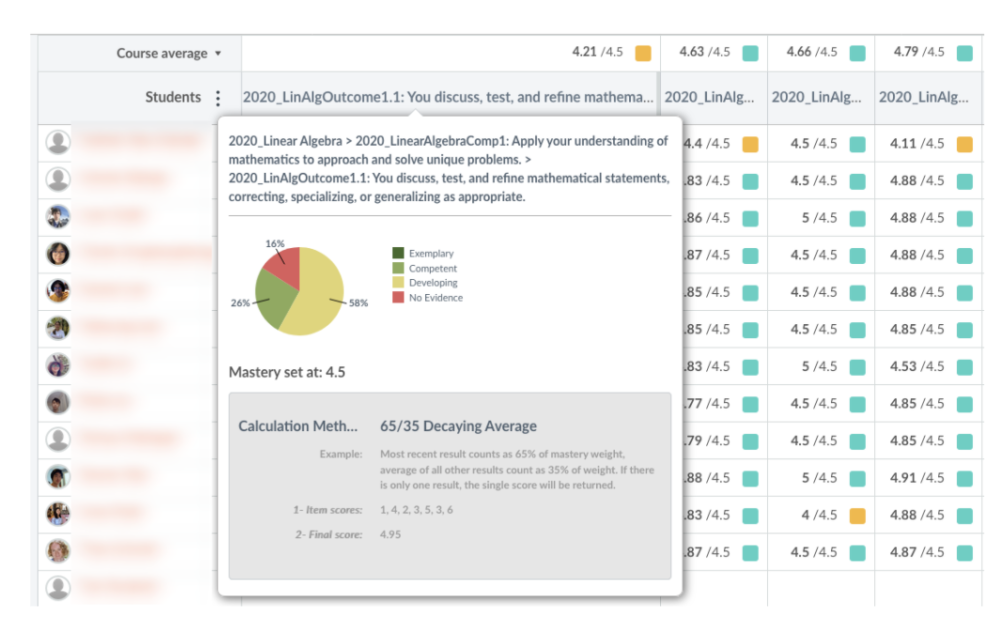
2. Use Process Portfolios
To support the prioritization of feedback over grades during the assessment process, CBL educators often employ the use of process portfolios as a system for outcomes-aligned assessment. Unlike traditional portfolios, process portfolios put the focus on capturing the process of learning instead of the products. These portfolios are made up of formative artifacts (ex. discussion posts, practice problems, project plans, working drafts) as opposed to polished summative pieces. Students work in conjunction with their teacher to identify their core goals and then curate process-based artifacts aligned to learning outcomes over time. While students are all working towards the same learning outcomes, students have options in terms of which work they add to their portfolio as evidence of their learning.
The key piece here is that process portfolios are a system for student-driven assessment. They offer students an opportunity to reflect on what they’ve learned and also to collaborate with peers to exchange feedback. This system is designed to both empower students to be leaders of their own learning while also alleviating the pressure on teachers to “grade everything.” The focus becomes more about collecting evidence of learning as opposed to grading tasks.
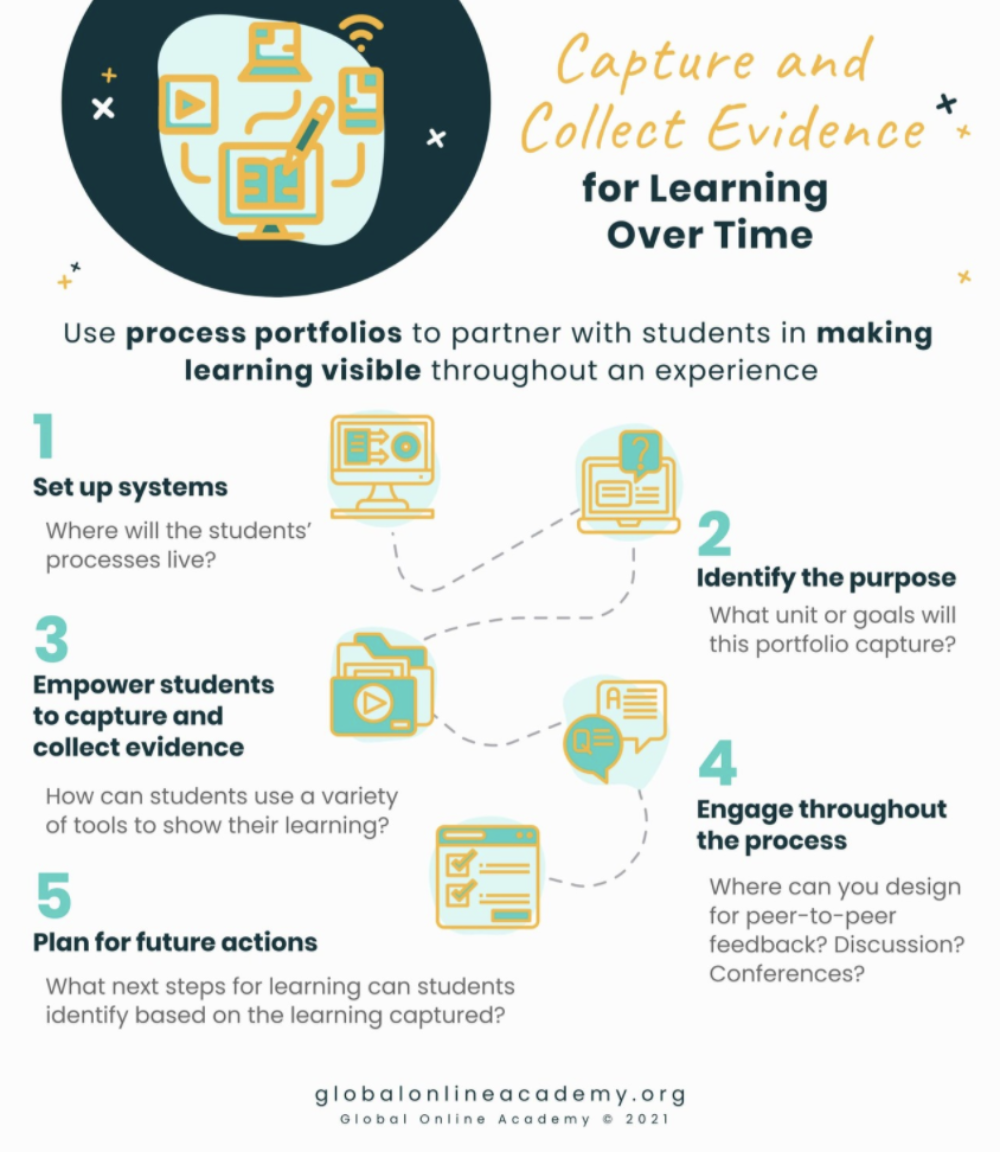
3. Host Student Conferences
The single-point rubrics and process portfolios that CBL educators employ often can serve as the basis for fast conferences. These conferences become opportunities for students self-assess and reflect on their own learning while also receiving coaching and calibration from the teacher. Two simple questions, What did you learn? How do you know?, can yield a rich conversation about learning with students at the helm. These conferences afford the opportunity to meet each student where they are while also providing teachers with valuable feedback and information to drive their instruction.
4. Delay the Grade
Transitioning into an environment that places an emphasis on feedback over grades can be a bit jarring for students who are used to operating under a grades-based system. A step that some CBL educators will take in the early stages of shifting from grades to feedback is employing the strategy of delaying the grade. Delaying the grade serves to decouple the grade from the feedback by building in time between when students get feedback on a piece of work and when they see their grade. This deliberate planning of time affords students the opportunity to pause and digest feedback and develop an action plan without the distraction of the grade.
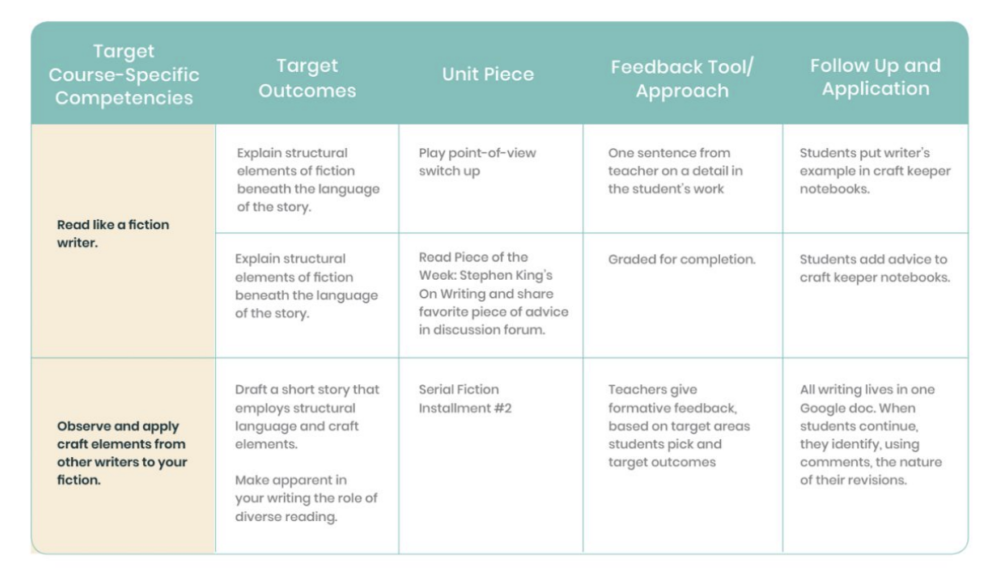
This article is part of a series of articles on the practical shifts classroom teachers can make to promote agency, equity and transfer. To learn more, check out GOA’s From Grading to Feedback educator course, July 19-23, 2021. Registration is here.

